 Lavelle Carlson
Lavelle Carlson
Writer | Publisher | Speech-Language Pathologist
Instagram | Facebook
 What can parents do to help prepare their children for school? SHARED STORYBOOK READING is the most effective and developmentally appropriate method of preparing young children for formal reading. It can be used formally by early childhood teachers and speech-language pathologists or informally by parents and caregivers.
What can parents do to help prepare their children for school? SHARED STORYBOOK READING is the most effective and developmentally appropriate method of preparing young children for formal reading. It can be used formally by early childhood teachers and speech-language pathologists or informally by parents and caregivers.
I. Reading Strategies
- Paired reading: Adult reads part of a phrase and the child takes a turn and “read” another. Books need to be high in repetition and predictability. Use pausing and inflection to cue the child that it is his/her turn.
- Questioning: Avoid asking scary and direct questions. You can do this by phrasing questions as “How would you feel if . . .? Who might be . . .? What do you think . . .? Be willing to accept all answers and give praise for the response.
- Make stories interactive by using puppets and allowing children to act out stories. If the storybook has actions, the children can act out, allowing them to move and act out.
- Using wordless books encourage children to tell their own story that you can write and re-read back to them.
- Use print-referencing of verbal and non-verbal cues. Verbal cue: “Look, the bee says, bzzz”. Non-verbal cue: pointing to print and tracking print as one reads.
- Read a story many times—as often as the child requests it.
- Do not force a child to listen.
II. Early Reading Skills Children Learn Through Shared Storybook Reading
A. Print Awareness
- Understanding that print goes left to right
- Understanding that print goes top to bottom
- Understanding the front and back of the book
- Understanding the abstract terms that refer to reading (ex. read, write, spell, word)
B. Phonological Awareness
This is an auditory or listening skill: whereas, phonics (taught as a part of formal reading skill) is the sound-to-symbol relationship (visual to auditory).
- Animal/environmental sounds: understand same and different sounds of animals (moo vs. neigh), count or clap out the number of times an animal makes the sound
- Word awareness: Can count or clap out words in a short sentence or phrase (big, bad wolf = 3 words)
- Syllable awareness: Can count or cap out the number of syllables (cow=1, monkey=2). This skill is late Pre-K.
- Speech sound awareness: Can count sounds in a word, can tell if first sounds in words are same or different, can blend (/m/ + /e/ = me) and segment (dog is made with sounds /d/, /o/, /g/). Speech sound awareness is a kindergarten and later skill. However, one should participate with children in word sound play and rhyming activities from toddler age.
C. Vocabulary and Language Concepts
- Picture and object identification
- Use action words (run, jump)
- Use possession words (Daddy’s shoe, mine)
- Use recurrence words (more, again)
- Use descriptive words (little car, pretty doll)
- Use time words (now, in a minute, before)
- Use place words (down, up)
D. Criteria for Good Children’s Books for teaching
- Rhyming
- Repetitive dialogue
- Large print
- Print embedded in pictures
- Humorous and relevant to child
- Bright colors
- Not too much text on page
- Books that lend themselves to simple questions: who, what, when, where, why
 About Lavelle Carlson
About Lavelle Carlson
Lavelle Carlson was born in Texas. She attended the University of Houston, then was married and moved many times. She spent ten years in London and Stavanger, Norway. After returning to the States she went back to school and received her Masters in Speech/Language Pathology at the U. of Tulsa. She worked with both adults and children. The children were always her favorite. Her therapy sessions often used storybooks, those of others as well as stories she created for her students. She began publishing some of these stories to help other speech/language pathologists. Then, after retiring she began writing stories that were relevant to her daughters and grandchildren as the one memory that she felt would be the most significant. She continues writing and self-publishing. She also loves to volunteer in ways that will help others and give back some of the benefits she has had bestowed upon her in her life. If you would like to see more from Lavelle, you can visit her website.
View all posts by Lavelle Carlson here.

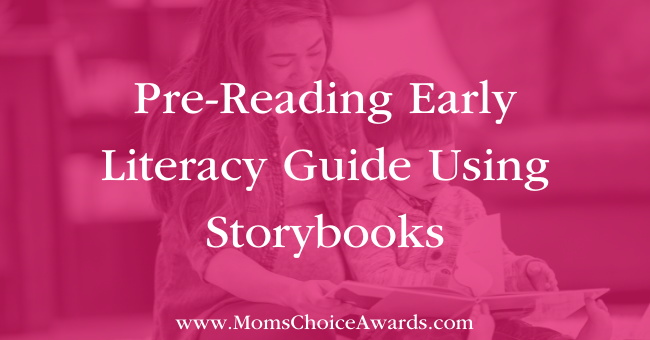
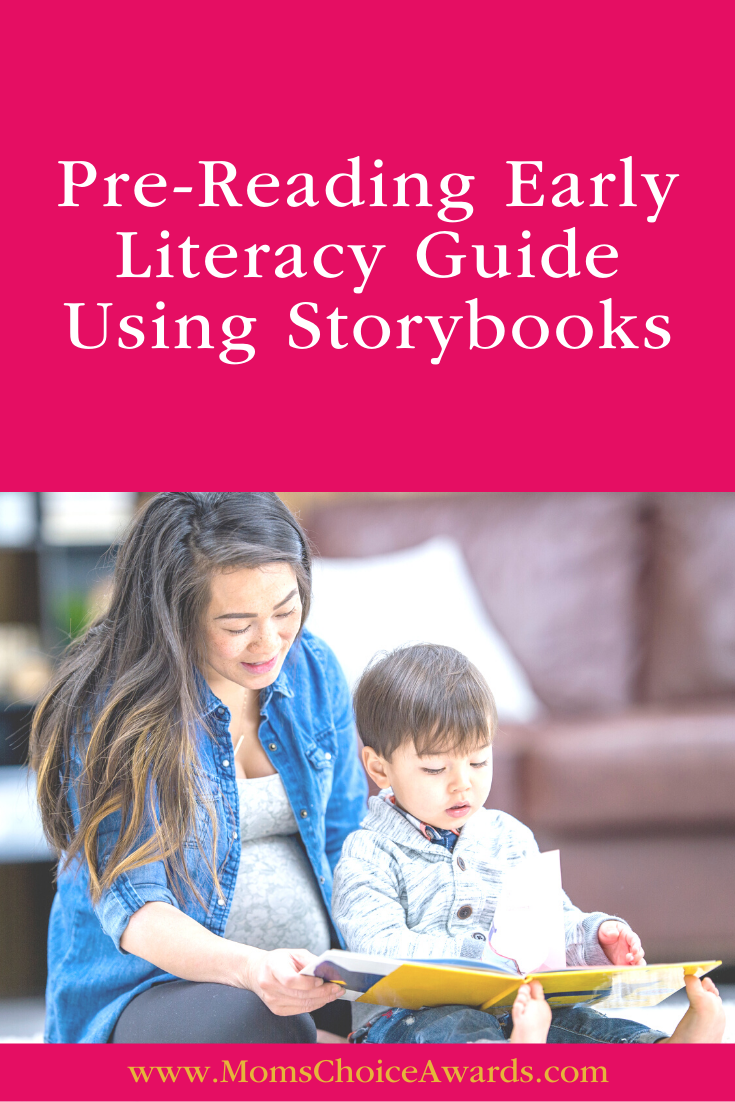
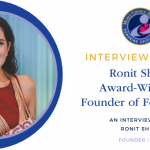
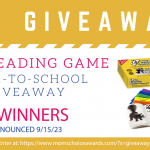
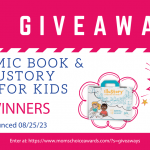
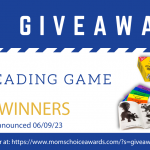
One Comment on “Pre-Reading Early Literacy Guide Using Storybooks”
We love to read and introduce new books to our grandsons.